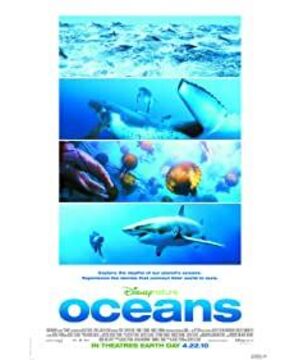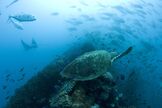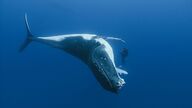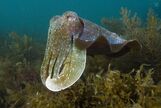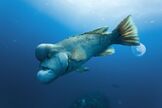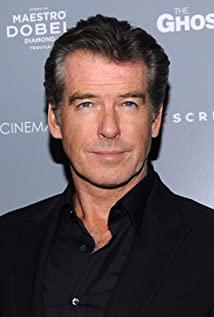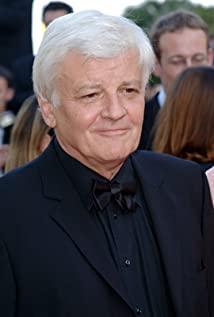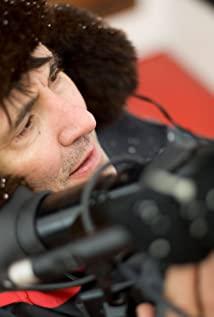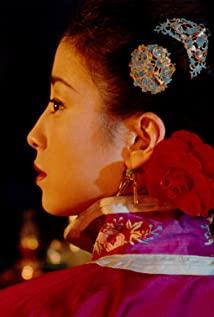2. Jiang Wen's dubbing is very transcendent. "What is the ocean? What is the sea? What is the ocean." Behind it, I really added the sentence "What did you tell me that TMD is the ocean?"
3. The most interesting part of "Ocean" is all the animals that appear. , None of the titles we are used to describing by subtitles or dubbing. In fact, the narration is extremely restrained. The pretending term is to use image presentation to dissolve the naming of these animals by the language/signifier system, thereby dispelling "anthropocentrism" or "logocentrism"; in layman's terms, we are used to popular science such as the animal world. In the text of the documentary, in fact, the naming of animals by humans brings out a certain sense of human superiority and dominance in nature. "Ocean" shows images rather than names/words/signifiers. But these images are only "simulacra" after all.
4. The "simulacra" in "Ocean" is different from other "simulacra" in its distance and size. In the image, the ratio of the subject to the person is very strictly controlled, and the common composition is not used, which can completely display the huge creatures in the frame, but allows it to fill the frame or overflow the frame. . This is the meaning conveyed through framing or Framing, where a person is a physical observer. So what this ideological system brings is exactly the commercial value of the film: the distance and size that is displayed as a spectacle.
6. As far as the history of audiovisual language development is concerned, even if you don’t do your homework, you can easily identify the close inheritance relationship between the film and Jean Penlevy’s "scientific film". Penlevy’s main direction is marine invertebrates. The composition is obviously influenced by the European avant-garde. In this film, the jellyfish and other passages can be seen very obvious inheritance relationship. In fact, the composition of this film pays great attention to the sense of formal order.
7. The resulting narrative is the natural history tradition. Darwin or Jules Verne. In China, there is still a popular science tradition since the 1980s, leading to science-centrism. This is a big article and will not be expanded here. It is not surprising that the text structure is turned towards environmental protection, but the transition is too blunt and the technique is too simple. At the beginning of the chapter, a "natural history" appearance is presented. Half of the film has become incomprehensible in the past, and the picture is "beautiful only to be beautiful". Suddenly, "Dolphin Bay" ended up at the "planetary scale". pity.
8. A section of "Dolphin Bay", that is, a section of shark catching, was shot subjectively. The following paragraph of walrus father and son (or mother and daughter...) is a typical anthropomorphic technique. From these two paragraphs, you can see the internal division of the text, and while dispelling anthropocentrism, it also appeals to human emotions. This is the reason why the text is broken into two parts of nature and environmental protection. The most interesting point is that compared with "Animal World", this film is very restrained not to render the natural world's weak and strong food-a few paragraphs in the film have been very restrained, in fact, it will be much more tragic. However, the struggle in nature is fierce, and it is no better than the shark hunting.
9. Shooting night scenes underwater is really awesome. Really awesome. Breathtaking.
10. If we don't know the names of those animals/have signifiers to them, then where the language stops, maybe we can get closer to them through the screen. The feeling of "unspeakable" is so good, enough to go home and drink a pot.
View more about Oceans reviews


